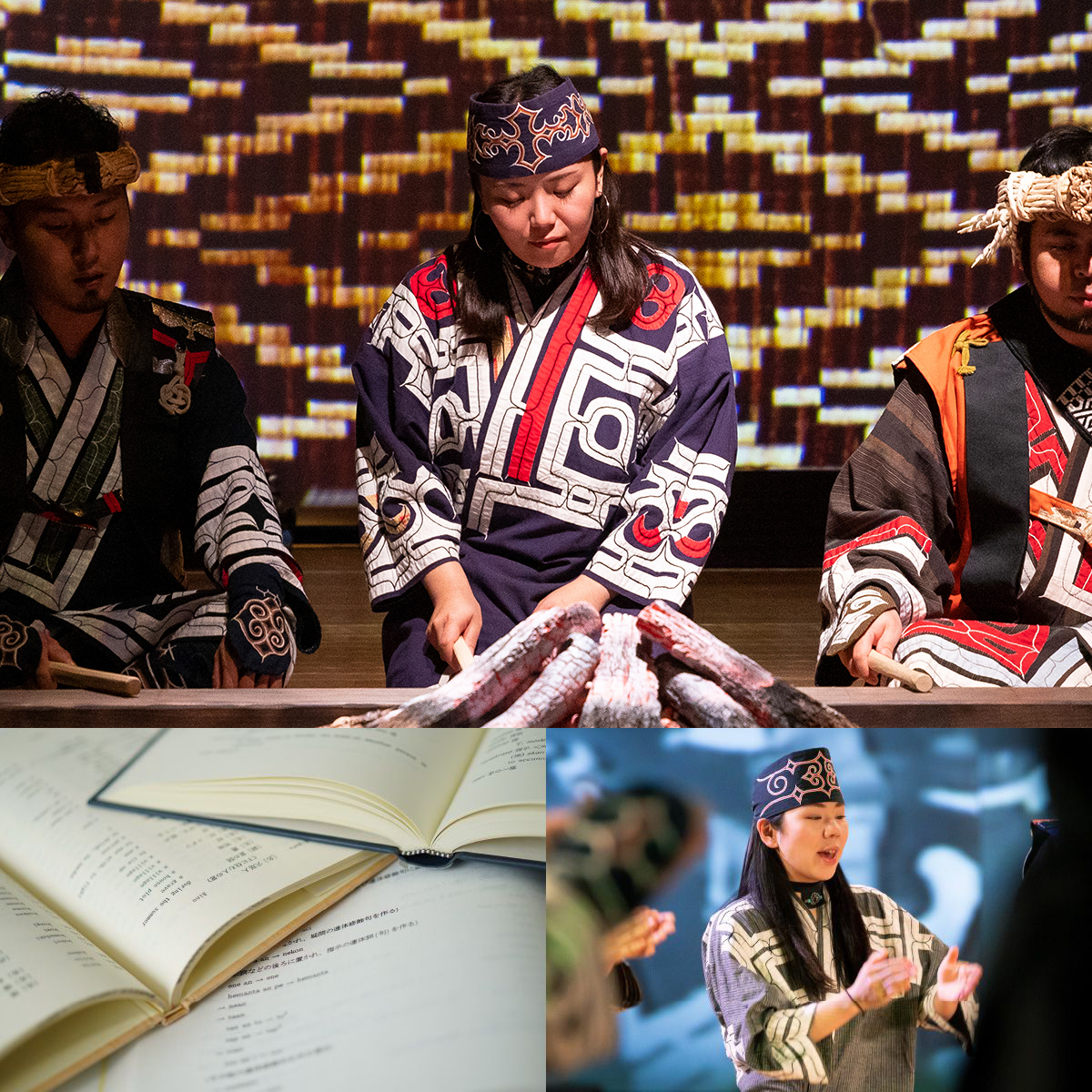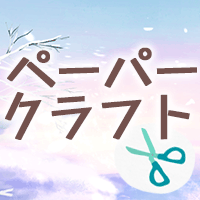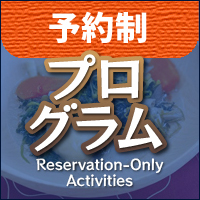Ainu Culture
The Ainu are an indigenous people from the northern region of the Japanese archipelago, particularly Hokkaido. The Ainu culture is distinctive, with a language that is unrelated to Japanese, a spirituality that holds that spirits dwell in every part of the natural world, traditional dances that are performed at family events and festivals, and crafts such as wood carving and embroidery that incorporate unique patterns. Increasing numbers of people have been trying to revive traditional dances based on old records and to create new types of Ainu music.
Language
The Ainu language is from Hokkaido, Sakhalin, and the Kuril Islands. It is distinct from Japanese and although some aspects of word order are similar, there are numerous grammatical differences. Formerly a purely verbal language, it is now transcribed using the Latin alphabet or katakana, a Japanese writing system, with the addition of some specialized characters. The use of the Ainu language declined rapidly due to policies to promote the modernization of Japan, starting during the Meiji era (1868-1912), and it was listed as an endangered language by UNESCO in 2009.

Universe
Among the various creatures and phenomena that exist around humans, those that play particularly important roles and have a strong influence are called kamuy (spirit-deities). The Ainu believe that kamuy are everywhere and are always watching over humans. Flora, fauna, fire, water, wind, mountains, and rivers are all kamuy that manifest in the human world with gifts such as meat and furs. Iyomante is a ceremony where hospitality is extended to the ramat (spirits) of kamuy before they are sent back to the world from which they came.
Lives
In the past, the Ainu made clothing from a variety of materials. In addition to those that can be found in the surrounding area, such as animal furs, fish skins, bird feathers and fibers from grass and trees, goods such as silk and cotton obtained through trading were also used. For cooking, ingredients relating to the cycles of nature were used, with meats such as salmon, deer and seal and seasonal plants. In the cise (home), the men made tools and took care of the hunting gear, while the women made clothing and mats and prepared meals.
History
The history of the Ainu is known from stories passed down orally by the Ainu themselves and from writings left by neighboring peoples. This history should be understood in terms of a time period stretching from the Paleolithic period to the modern day, and also in terms of expansion and interaction with surrounding peoples. As such, it is important to consider this history as a continuous progression through the ages, rather than the traditional characterization, in which the Ainu culture is considered to have been created between the 9th and 13th centuries.
Work
Traditionally, the Ainu hunted animals such as bears and deer in the mountains. In addition to picking wild plants such as victory onion in spring, giant lily in summer and crimson glory vine in fall, cereals and vegetables were also grown in fields in some regions. Along the coast, seals and swordfish were hunted and kelp was gathered. The salmon that climb the rivers each fall were also an important food source. The Ainu way of life has changed over the years. Ainu people today do a variety of work that did not exist before, and continue to adapt their way of living to the changing times.
Exchange
The Ainu were actively involved in exchanges with the many peoples around Hokkaido, Sakhalin and the Kuril Islands. To the south were Wajin (ethnic Japanese), to the north were the Nivkh and Tungusic peoples such as the Uilta and Ulchi, and to the east were the Itelmen on the Kamchatka Peninsula and the Aleuts on the Aleutian Islands. Ainu culture has been passed down the generations through these exchanges with neighboring peoples in northeast Asia and indigenous peoples from around the world.







